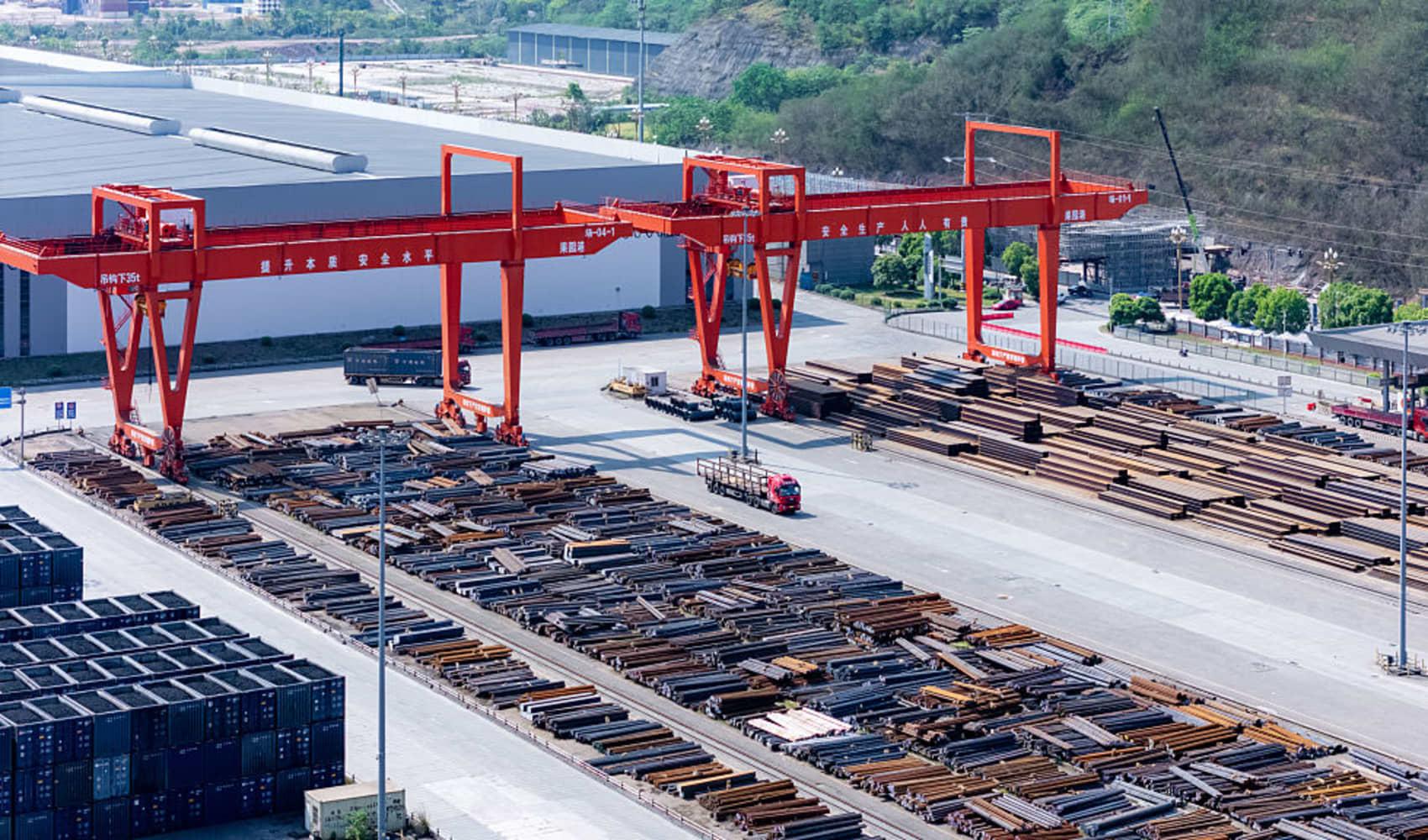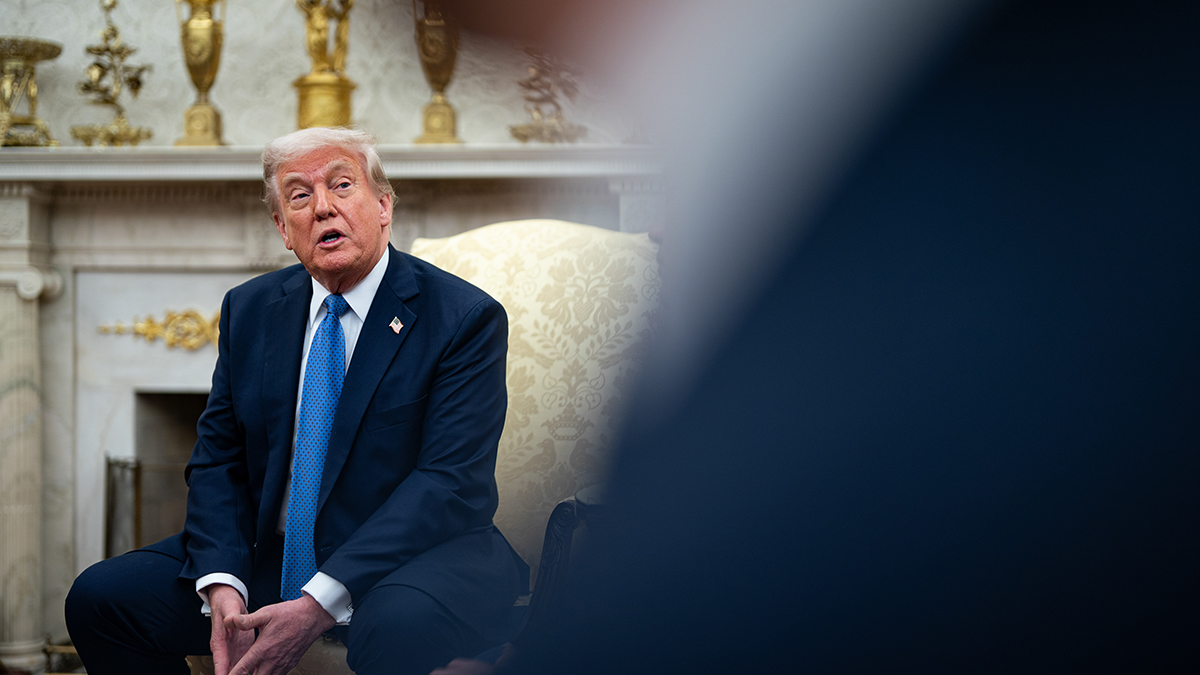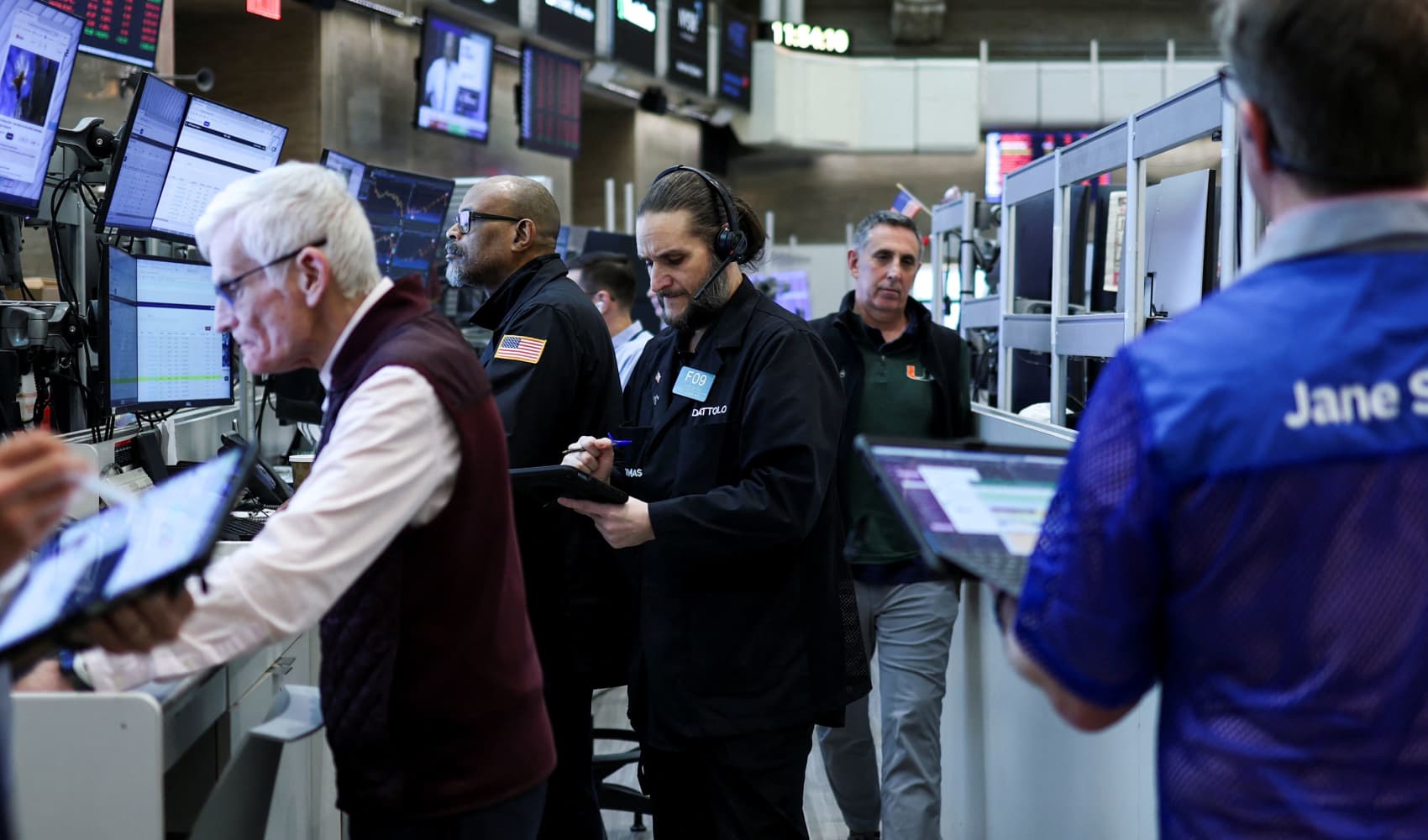Kering's Gucci Woes: Why Shares Plunged & Recovery Plan
Gucci's Glum Quarter: Why Kering's Shares Took a Tumble
Introduction: The Luxury Market's Unexpected Dip
Ever feel like you're walking on air, only to suddenly trip and stumble? That's kind of what happened to Kering, the French luxury goods giant and owner of iconic brands like Gucci. Their first-quarter sales figures weren't exactly sparkling, leading to a significant drop in their share price. Let's dive into why this happened and what it means for the future of luxury fashion.
Breaking Down the Numbers: A Not-So-Pretty Picture
The numbers don't lie. Revenue at Kering plunged 14% year-on-year in the first quarter, landing at 3.9 billion euros ($4.4 billion). That's a significant chunk of change! And it's even more disheartening when you consider that analysts at LSEG had predicted 4.01 billion euros. So, what went wrong?
The Gucci Effect: A Major Drag
Gucci, the crown jewel of Kering's portfolio, is where the biggest problems lie. Sales for Gucci alone fell by a whopping 25% on a comparable basis, totaling 1.57 billion euros. Considering Gucci contributes nearly half of Kering's total revenue, this decline is a major red flag. It’s like your star player having an off game – it impacts the whole team.
Macroeconomic Headwinds: Blame the Economy?
Kering isn't just taking this lying down. They're pointing to "macroeconomic headwinds" as a contributing factor. But what does that even mean? Essentially, they're saying the global economic climate is making it tougher to sell luxury goods. Think inflation squeezing consumers' wallets, political instability creating uncertainty, and fluctuating exchange rates impacting prices. Are these headwinds a valid excuse, or is there more to the story?
Gucci's Revamp: A Work in Progress
Kering is in the middle of a major revamp for Gucci. They've brought in new creative leadership, aiming to inject fresh energy and appeal into the brand. But turnarounds take time. Is the market impatient, expecting immediate results? Or is the new direction simply not resonating with consumers yet?
Comparing to Competitors: Are They Suffering Too?
It's crucial to look at how Kering's rivals are performing. Are other luxury brands experiencing similar slumps? If so, it reinforces the "macroeconomic headwinds" argument. If not, it suggests that Kering and, specifically, Gucci have internal issues to address. We must compare apples to apples. Let's examine how LVMH or Hermès are navigating the same market conditions.
Analyzing Consumer Behavior: What Do People Want?
Luxury fashion is all about trends and desires. What are consumers craving right now? Are they shifting away from logo-heavy designs towards more understated elegance? Are they prioritizing sustainability and ethical sourcing? Understanding these shifts is crucial for Kering to adapt and recapture its audience. Think of it like predicting the weather – you need to know what's coming to prepare accordingly.
The Impact on Investors: Fear and Uncertainty
When a company's stock price drops, it sends ripples of concern through the investor community. Investors may start questioning the company's long-term prospects and consider selling their shares, further exacerbating the decline. This creates a cycle of fear and uncertainty that can be difficult to break.
Short-Term Pain, Long-Term Gain? The Recovery Strategy
Kering needs a solid recovery strategy to reassure investors and revitalize its brands. This might involve:
- Investing in marketing and advertising to boost brand awareness.
- Refining product offerings to better meet consumer demand.
- Streamlining operations to improve efficiency and profitability.
- Exploring new markets to diversify revenue streams.
The Importance of Brand Equity: More Than Just a Logo
Gucci's brand equity is immense. It's more than just a logo; it's a symbol of status, style, and craftsmanship. But even the strongest brands can lose their luster if they're not carefully nurtured. Kering needs to leverage Gucci's brand equity to attract new customers and retain existing ones.
Digital Strategy: Reaching the Modern Consumer
In today's world, a strong digital presence is essential for any luxury brand. Kering needs to invest in its online channels, creating engaging content, offering personalized experiences, and leveraging social media to connect with consumers. Think immersive virtual storefronts and augmented reality experiences. The digital realm is no longer optional; it's crucial.
Sustainability and Ethics: Appealing to Conscious Consumers
Consumers are increasingly concerned about sustainability and ethical sourcing. Kering needs to demonstrate its commitment to these values, adopting eco-friendly practices, ensuring fair labor standards, and promoting transparency throughout its supply chain. Being responsible is not just good for the planet; it's good for business.
Innovation and Creativity: Staying Ahead of the Curve
Luxury fashion is a constantly evolving industry. Kering needs to foster a culture of innovation and creativity, encouraging its designers to push boundaries, experiment with new materials, and develop groundbreaking products. Staying ahead of the curve is the only way to remain relevant.
The Future of Luxury: A Changing Landscape
The luxury market is undergoing a period of transformation. New technologies, changing consumer preferences, and global economic forces are reshaping the industry. Kering needs to adapt to these changes and position itself for long-term success. The future of luxury is not about extravagance; it's about experience, authenticity, and purpose.
Regional Performance: Where is Kering Thriving?
While overall numbers are down, it's crucial to analyze regional performance. Is Kering seeing growth in certain markets, such as Asia or the Middle East? Understanding regional variations can help Kering focus its efforts where they're most likely to succeed. Think of it as identifying the fertile ground where seeds are most likely to sprout.
Management Commentary: What Does Kering Say?
It's essential to pay attention to what Kering's management team is saying about the company's performance and future plans. Are they confident in their recovery strategy? Are they acknowledging the challenges they face? Their commentary can provide valuable insights into the company's prospects. Listen carefully – their words can reveal a lot.
Conclusion: Navigating the Luxury Labyrinth
Kering's first-quarter sales slump is a wake-up call for the luxury industry. Macroeconomic headwinds, internal challenges, and changing consumer preferences are all contributing factors. The key takeaways are that Kering needs to revamp Gucci, adapt to evolving market dynamics, and reassure investors with a clear and compelling vision for the future. The path ahead may be challenging, but with the right strategy, Kering can navigate this luxury labyrinth and emerge stronger than ever.
Frequently Asked Questions (FAQs)
- Why did Kering's shares drop?
Kering's shares dropped due to lower-than-expected first-quarter sales, particularly a significant decline in Gucci sales.
- How much did Gucci sales fall?
Gucci sales fell by 25% on a comparable basis in the first quarter, representing a substantial portion of Kering's overall revenue decline.
- What are "macroeconomic headwinds"?
Macroeconomic headwinds refer to external economic factors like inflation, political instability, and fluctuating exchange rates that negatively impact business performance.
- What is Kering doing to address the sales slump?
Kering is implementing a turnaround strategy for Gucci, investing in marketing, refining product offerings, and exploring new markets to improve its overall performance.
- Is the entire luxury market struggling?
While Kering is facing challenges, it's crucial to compare its performance with competitors to determine if the entire luxury market is struggling or if the issues are specific to Kering and its brands.








